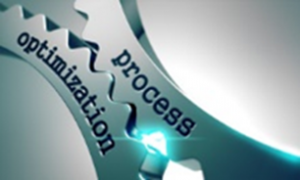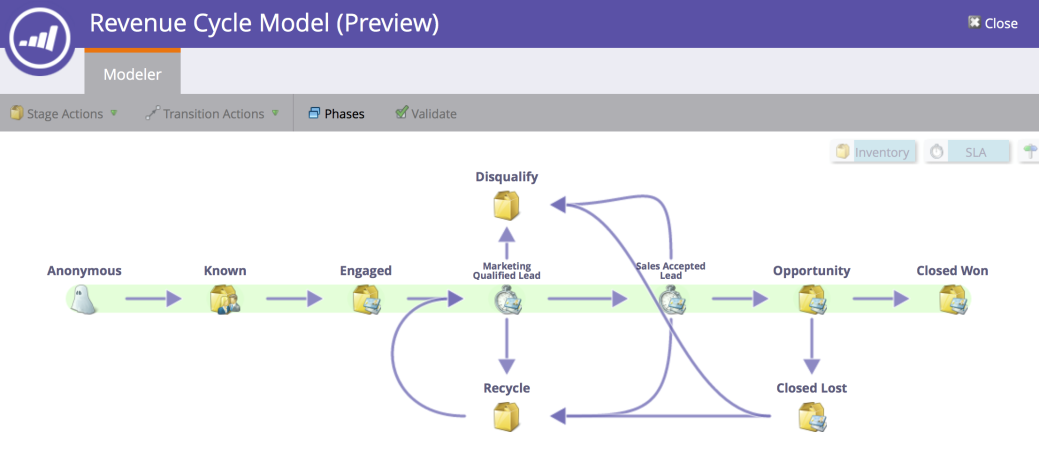
My last two columns covered the first two Lead-to-Revenue components – a strong and compelling brand and an effective marketing and sales model. These two elements set the table to allow you to turn great strategy into impactful execution with efficient processes.
The fact is that even the most creative branding and awareness-building program won’t produce the desired results unless you can efficiently work prospects through the system and produce revenue at the other end.
But like everything else in marketing, you can’t improve what you don’t measure; and you need to continually evaluate your lead generation program to ensure that it meets seven important criteria:
- You use conversion ratios to monitor results at every step of the process; and you utilize this data to consistently produce greater results.
- The system produces a high percentage of qualified leads relative to raw inquires (this is a key conversion metric). Our target is usually in the 8 to 12 percent range.
- You follow up all leads in a timely manner (within 12-24 hours), except those that are obviously unqualified.
- The inbound lead flow is balanced by territory, sales reps and product line.
- You produce inquiries/leads at a reasonable average cost-per-lead.
- You capture all information generated from inquiries and follow-up efforts immediately (and preferably automatically) in a database system.
- You have a systemized nurturing (remarketing) process that converts a high percentage of today’s leads to future customers.
One of the great benefits of creating an efficient lead engine is that it will allow you to precisely measure an important KPI: your cost of new customer acquisition. When you know what it costs to bring in a new customer, you can then focus on lowering this cost while simultaneously increasing the average sale amount.
By manipulating these two levers, you can vastly increase your company’s success. And if you happen to be the CMO, you can avoid the types of issues I wrote about in a recent blog: The Short Shelf Life of a CMO.
Optimizing Each Part of Your Lead-to-Revenue Model
As mentioned above, the goal is to create a well-oiled and end-to-end marketing and sales engine. At its most basic, building your engine consists of creating the infrastructure – comprised of processes, people and technology – that will enable you to best implement your specific sales model in an optimized manner.

Here are some important steps to create and optimize your marketing and sales processes:
1. Create a graphic view of your Lead-to-Revenue model.
You can find versions of these process maps in most major sales and marketing automation systems (e.g. Eloqua and Salesforce) or create your own. Below is an example from Marketo. The idea is to map processes from initial touch through the eventual win or loss of the deal.

2. Add sales enablement at appropriate buyer touchpoints.
CSO Insights has a great definition for sales enablement:
“A strategic, cross-functional discipline designed to increase sales results and productivity by providing integrated content, training and coaching services for salespeople and front-line sales managers along the entire customer’s buying journey, powered by technology.”
So how do we create processes to enable sales to:/p>
- Provide timely updates to the sales force about products, new offers, etc.
- Continuously update the marketing and sales database with response and demographic data.
- Monitor prospects’ engagement with collateral and adjust as necessary to increase engagement.
- Create micro-targeted campaigns that drive higher conversion rates.
3. Keep things simple and focused on as few priorities as possible.
A good way to kill the productivity of a sales force is to throw too much at them. Too many products, too many offers and too many messages equate to too many chances for the sales team to mess things up and lose sales.
4. Create a culture of respect for sales leads.
I have seen sales reps ignore leads, denigrate leads and follow them up in a half-hearted manner. Often this occurs because the VP of Sales speaks poorly about what marketing is doing, creating a culture where reps feel it is okay not to work the leads they are given. If the lead quality is not where it needs to be, please review my post about creating a service level agreement (SLA) between marketing and sales.
5. Build effective sales lead management into the process.
One of the best ways to follow the advice from the previous point is to first carefully qualify the inbound inquiries and then create an ongoing drip-marketing program to nurture these leads until they are ready to engage in the buying process. We’ve seen scenarios where the implementation of nurture processes increased sales performance by 30 percent or more, at no additional cost.
6. Practice Kaizen.
Kaizen is a Japanese term for “continuous improvement.” In marketing and sales terms, this means that quarter-after-quarter, we reduce waste (money and time) and drive better results in critical areas like cost-per-lead, sales pipeline, customer acquisition cost and average deal size.
All of the above needs to be undertaken in an atmosphere of consistency. It’s best to focus on a few key items and fully bake the new processes into your system before trying to refine every part of your lead-to-revenue model.



